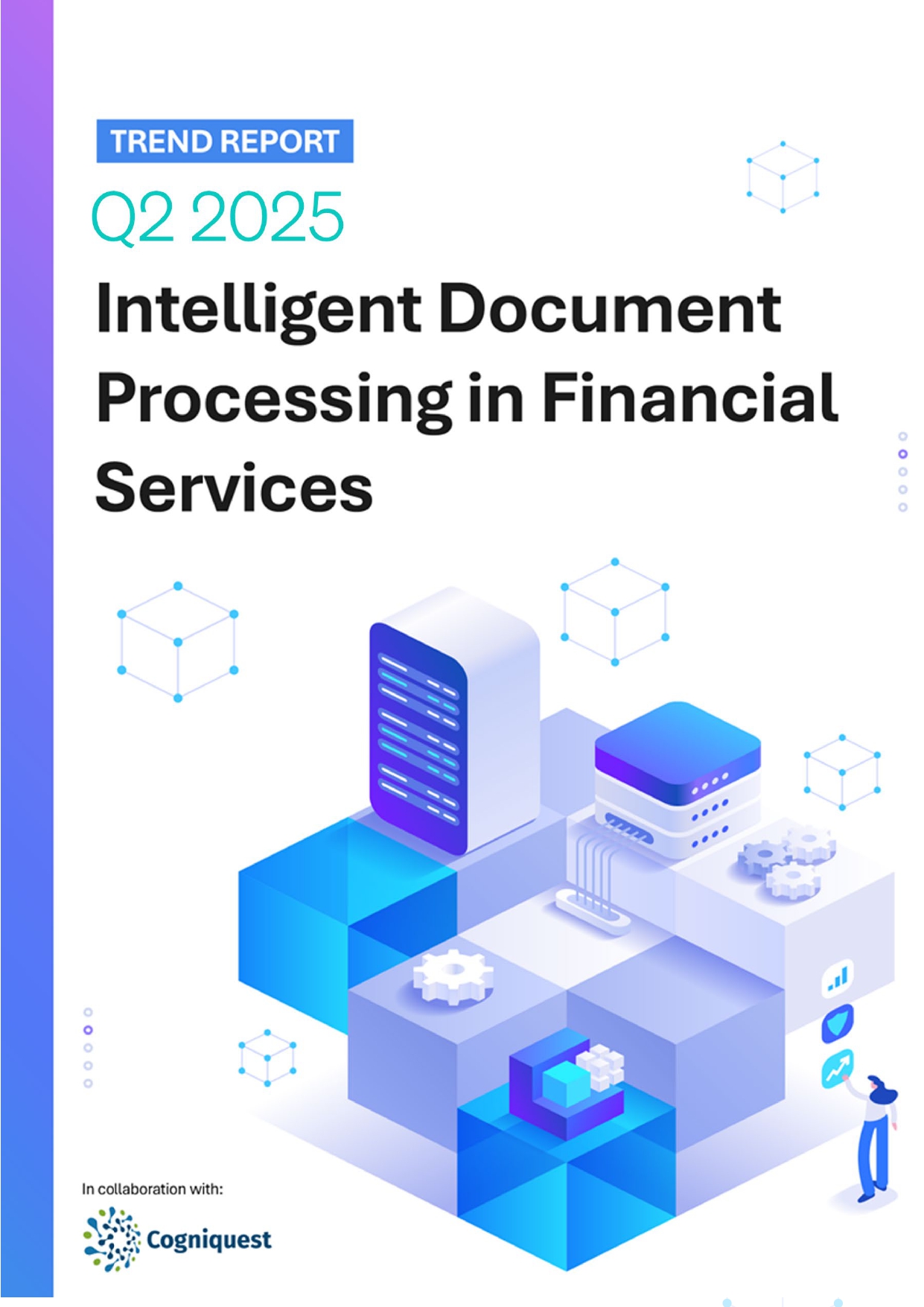 Back
Back
Hyper-personalised lifestyle banking is the future of FinTech

By Özge Çelik, Head of Product, Papara
Financial services continue to shift seismically in an era of sky-high consumer expectations. Users are looking for tailored, hyper-personalised experiences in all aspects of life, and more so than ever, from their bank too. Yet many traditional banking institutions continue to be on the back foot in providing this experience with their legacy systems and often use a one-size-fits-all approach. On the other hand, the FinTech industry, with its agile frameworks and cutting-edge technologies, continues to show how it is perfectly positioned to deploy these solutions and capitalise on this growing demand rapidly.
The acceleration of personalisation
While consumer personalisation is not new, its presence in the financial services sector is relatively young. However, this does not mean its influence on the industry isn’t vital. Banking has always been central to our daily lives, whether withdrawing cash from an ATM or money transfer; managing personal finances quickly and efficiently has always been fundamental. So, it makes sense why users increasingly view this as an extension of themselves. Over the past decade, the industry has witnessed the rise of customisable physical bank cards, personalised digital tools on mobile banking apps, and instant messaging services, as banks and FinTechs aim to cater to users’ needs. This is reshaping user loyalty to traditional banks, which often have more rigid and clunky systems and tools that are difficult to use or integrate with busy lives. This shift is driving service providers to rethink their user engagement strategies and the solutions they offer.
Startups and FinTechs are at the forefront of this wave of customisation as traditional financial institutions often overestimate the cost of data collection and the effort it takes to develop meaningful personalised tools. On the other hand, FinTechs can leverage their technological prowess and sift through vast amounts of data to discern individual preferences and behaviors. This insight allows them to craft personalised products and services that resonate with each consumer on a deeper level. The ability to deliver such tailored experiences is not just a competitive edge; it’s rapidly becoming a necessity in the race to capture and retain users.
Taking learnings from the super app
The rise of the super app is a testament to this new paradigm. The days of juggling multiple, cumbersome mobile banking apps are waning as consumers increasingly seek streamlined access to their financial needs. The demand for a single platform providing comprehensive services—from daily transactions to investment advice—is growing. And this isn’t just financial apps. We only need to look at Chinese super apps to see how integrating all kinds of services into one – from ride-hailing to groceries – has quickly become a way of life. While the same uptake cannot be expected in all markets for varying factors, we see how FinTechs respond and take learnings by developing intuitive apps that integrate various financial and non-financial functions to deliver a seamless and efficient user experience.
Moreover, FinTech’s personalisation extends to every aspect of the financial journey. From customised budgeting tools and investment portfolios to personalised insurance products and bespoke lending solutions, FinTech is redefining what it means to have a financial service that genuinely fits the individual.
The implications for traditional banking are profound. To remain relevant, banks must embrace digital transformation and partner with FinTech or risk being left behind. Collaboration between traditional financial institutions and FinTech disruptors can lead to the best of both worlds: the trust and scale of established banks combined with the innovation and agility of FinTech.
As FinTechs continue to meet and exceed the hyper-personalised needs of consumers, they are setting a new standard in the financial services industry. By making everyday financial transactions more manageable and integrated into our lifestyles, they are not just responding to consumer demands but anticipating them. As this trend continues to evolve, the financial landscape will undoubtedly see more disruption, with FinTechs leading the charge in creating a more personalised and accessible financial future for everyone.
IBSi News
Get the IBSi FinTech Journal India Edition
- Insightful Financial Technology News Analysis
- Leadership Interviews from the Indian FinTech Ecosystem
- Expert Perspectives from the Executive Team
- Snapshots of Industry Deals, Events & Insights
- An India FinTech Case Study
- Monthly issues of the iconic global IBSi FinTech Journal
- Attend a webinar hosted by the magazine once during your subscription period
₹200 ₹99*/month
* Discounted Offer for a Limited Period on a 12-month Subscription
IBSi FinTech Journal

- Most trusted FinTech journal since 1991
- Digital monthly issue
- 60+ pages of research, analysis, interviews, opinions, and rankings
- Global coverage
Other Related Blogs
June 27, 2025
Intelligent payment orchestration – why 2025 is an inflection point for banks in Europe
Read MoreRelated Reports

Sales League Table Report 2025
Know More
Global Digital Banking Vendor & Landscape Report Q2 2025
Know More
NextGen WealthTech: The Trends To Shape The Future Q4 2023
Know More
Intelligent Document Processing in Financial Services Q2 2025
Know More

